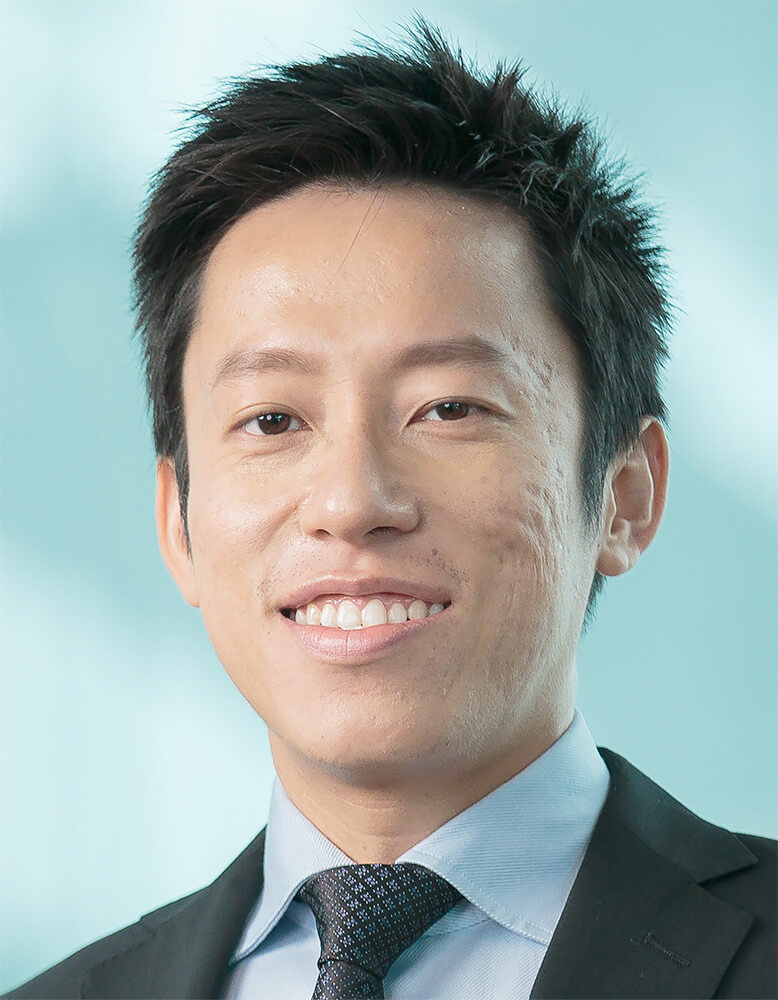Chin Leong Teo is a Singapore citizen and an aviation professional.
He pursued his college education in New York and California and spent a part of his working life resident in Jakarta, Shanghai, and Dammam (Saudi Arabia).
The significant time he spent away from Singapore gave him a global perspective and the globetrotting desire to see the world.
Currently he is residing in Fukuoka, Japan, where he holds the position of Chief Traffic Development Officer at Fukuoka Airport, the fourth largest airport by passenger traffic volume in Japan.
Photography is Chin Leong's hobby and passion. He is interested in all photography genres, including street, travel, landscape, and nature photography.
He is internationally published, and has been awarded some of the top accolades in the photography industry. These include being listed in the Photographic Society of America (PSA) 2018 Who's Who List as one of the world's top exhibitors, winning the prestigious Pangea Prize at Siena Awards 2019, and winning the inaugural ROAM Award for photography in the Discovery Category in 2019. In 2020, he won a Merit Award in All About Photos 2020 Awards, and a Honourable Mention Medal at the 80th International Photographic Salon of Japan.
Chin Leong's photography philosophy is to capture "all things beautiful God created" and to continue to grow and evolve his photographic sense and acumen.
